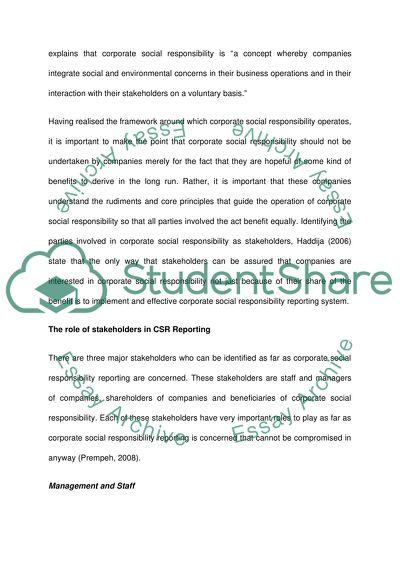Cite this document
(“Advanced Financial Accounting (The FASB and IASB) Essay”, n.d.)
Retrieved from https://studentshare.org/finance-accounting/1438155--the-fasb-and-iasb-are-engaged-in-a-joint-project
Retrieved from https://studentshare.org/finance-accounting/1438155--the-fasb-and-iasb-are-engaged-in-a-joint-project
(Advanced Financial Accounting (The FASB and IASB) Essay)
https://studentshare.org/finance-accounting/1438155--the-fasb-and-iasb-are-engaged-in-a-joint-project.
https://studentshare.org/finance-accounting/1438155--the-fasb-and-iasb-are-engaged-in-a-joint-project.
“Advanced Financial Accounting (The FASB and IASB) Essay”, n.d. https://studentshare.org/finance-accounting/1438155--the-fasb-and-iasb-are-engaged-in-a-joint-project.


